Fri 17 Mar 2017
A dedicated SOV can provide a range of options from supporting CTVs to in-field communications
With the market for high spec construction and remotely operated vehicle support vessels at a record low, owners
are looking to opportunities elsewhere, in the renewables sector, as Philip Woodcock* explains
With Clarksons Research estimating that only 35 per cent of the world fleet of 426 construction vessels is currently at
work, times have never been harder for offshore vessel owners. The renewable energy market, primarily based in the
North Sea, has been seen by many over the last two years as the ‘last-chance saloon’ to find work, and many have been
successful.
Walk-to-work and service operation vessel (SOV) are two terms that have entered the lexicon. Like the dynamic
stabilised gangways they carry, these vessels have moved from niche, specialist tools to commodity products.
Six years ago, there were only two gangway suppliers – Ampelmann, who penned the walk-to-work moniker, and OAS,
which is no longer in existence – and only three vessels in the windfarm support market. Today, there are at least 10
gangway manufacturers either active or finalising development and at least 66 vessels that have undertaken this work
role.
In general, the walk-to-work market is split into short-term construction and commissioning work; short-term inspection,
maintenance and repair (IMR) campaigns; and long-term operations and maintenance (O&M). The latter is more
commonly filled by purpose-built SOVs on long-term charters, while the former are either dedicated windfarm
construction support vessels or vessels of opportunity. It is the construction and IMR work that is of most interest to the
beleaguered owners of construction and remotely operated vehicle (ROV) support vessels.
Generally, vessel size is not decisive, only in as much as a ship needs to have at least 40 single cabins and the ability to
extend to 70 beds for client use. This of course introduces the need for SPS Code certification. As most vessels of
opportunity are proven construction and ROV support vessels, charterers do not focus heavily on dynamic positioning
(DP) capability or crane capacity, as these are a given in the fleet.
Having a gangway permanently mobilised is a key factor, especially in the spot market. As in all DP markets, a proven
track record of the operator, vessel and crew will always provide an advantage over a newcomer. As this is a market of
low charter rate levels, low fuel consumption will help to keep the total vessel cost low and, if combined with Green
Passport/Clean Design/Comfort notations, will also have a distinct advantage.
To further distinguish themselves, operators of a walk-to-work vessel must be prepared to conduct multiple roles when in
the field, over and above delivering technicians to a turbine via the gangway. Windfarm operators have been slow to
recognise the possibilities of a well utilised walk-to-work vessel properly integrated into their operations.
Although a SOV is sometimes seen as a single vessel standing alone, solving all the problems in offshore wind, it is my
opinion that they work best when they are at the centre of a combined operation. On the construction of the Gemini windfarm, a variety of walk-to-work vessels were successfully used in combination with a large fleet of crew transfer
vessels (CTVs). As an example, in the winter of 2015, three CTVs remained offshore with Acta Orion for 22 days
straight. This high combined utilisation resulted in significant schedule gains for the client.
A walk-to-work vessel needs to be able to support gangway operations and CTVs and act as a communications and
control hub. Clear, seamless communications are essential in the construction and operation of offshore wind projects. A
walk-to-work vessel must facilitate this both internally for the crew offshore and externally to all vessels and technicians
in the field. Internally, there needs to be sufficient office space and a high capacity wireless communications system to
allow all offshore workers – whether project technicians or CTV crews – to perform their administration and, in their time
off, their social connection to family ashore. A WiFi connection should be available on the open decks in way of boat
landings and bunker points so that, when CTVs are loitering waiting for work, their onboard computer can upload
administrative information such as planned maintenance systems and email.
A walk-to-work vessel should also support an infield radio communication system, such a TETRA, by acting as a base
station, to ensure that there are no blind spots between the shore base and field and within the field. In 2016, not having
this capability was a common source of frustration.
At the recent European Dynamic Positioning Conference organised by Riviera Maritime Media in London in February,
the opinion of the audience was that, in general, safety awareness of DP vessel operators was lower in the renewables
industry than was acceptable in the offshore oil and gas industry. The awareness of the risks from simultaneous operations
(SIMOPS) and dropped objects could be seen as manifestations of this perception.
SIMOPs are a common occurrence in offshore wind and, in general, are not well managed. Often we see photographs on
social media of crews on a transition piece standing under a crane load, CTVs working near installation vessel cranes or
multiple CTVs approaching a walk-to-work vessel at the same time.
As SIMOPs have a high potential for risk, there is a need for effective co-ordination of all activities offshore.
Traditionally, a marine co-ordination centre (MCC) is based in a dedicated control room at the main base onshore and, in
some organisations, only maintains a monitoring rather than controlling brief. As windfarms move further offshore, there
is a clear need to move the MCC offshore into a dedicated space on a walk-to-work vessel outfitted with the necessary
communications and monitoring equipment away from the navigational bridge.
Marine control is a specialist function and should not be allowed to distract bridge officers, whose primary role is the safe
navigation of a vessel. To support this, I believe that all walk-to-work vessels should maintain a dynamic 500m exclusion
zone around them with strict pre-entry protocols to prevent CTVs approaching unannounced in restricted visibility during
SIMOPs.
The risk to personnel and equipment from dropped objects is also an area that gets less attention than in the oil and gas
sector. Awareness of high profile accidents from dropped objects during the installation phase is high, but there are far too
many reported and unreported lower profile incidents, which still have a high potential for serious injury. These include
dropped radios and material dropped by climbers, material falling from crane lifts or out through open railings or objects
breaking loose from fittings due to maintenance issues. Many of these issues can be prevented by performing a DROPS
survey and using secondary retention devices such as nets, tethers or portable barriers such as those supplied to oil rigs by
companies such as Dropsafe (www.dropsafe.com).
A CTV fleet supporting a walk-to-work vessel greatly increases the volume of work that can be completed offshore as
they are more agile in the field. However, to be considered as an asset and not a liability, these vessels and their crews
need to be integrated into the offshore plan and supported offshore. The most obvious needs are accommodation and fuel.
Accommodation planning needs to allow sufficient beds for the CTV crew offshore so that they can remain operational
24 hours a day. CTV operations do not support crew living on their CTVs when operational offshore, so they must be
accommodated on the walk-to-work vessel. The operator also needs to consider means of access from a CTV so that
specialist climbing training and certification is not required.
A walk-to-work vessel must be able to provide large quantities of fuel in a safe and efficient manner. It is not
unreasonable for a walk-to-work vessel to be expected to deliver 30,000 litres of marine gas oil a week in heavy
operations. If the vessel does not have the ability to purify this volume of fuel, the walk-to-work operator assumes the
risk of delivering contaminated fuel, which will cause the CTV fleet to grind to a halt. This has occurred before, leading
to significant costs in downtime, tank cleaning and engine repairs. The fuel transfer rig on a vessel needs to deliver at a
high volume to reduce exposure time during bunkering operations and be equipped with offshore couplings and dry-break
connections in the hose to prevent an environmental incident in case of a drift off/drive off situation. A walk-to-work
vessel also needs to be prepared to support the CTV with technical support from the ship’s engineers and electricians as
well as provide storage of spares. It is a good idea to assign one of the ship’s engineers to CTV support as part of the
daily routine, as this will improve the operability of the CTVs and thus the overall performance of the project.
The walk-to-work market provides options for the owners to put idle construction and ROV support vessels to work. To
be successful, however, they must be prepared to support the entire project and not just transfer personnel via the
gangway. Having an awareness of the risks brought about supporting CTVs, SIMOPs and via dropped objects, an owner
can set their company apart from the pack.
*Philip Woodcock, general manager, Workships Contractors



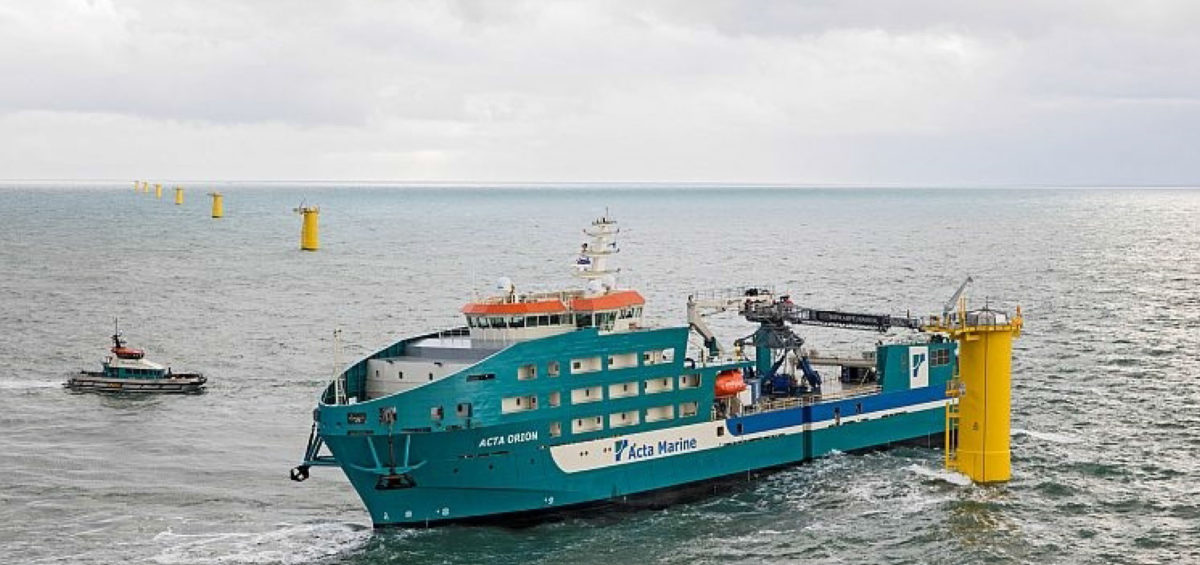
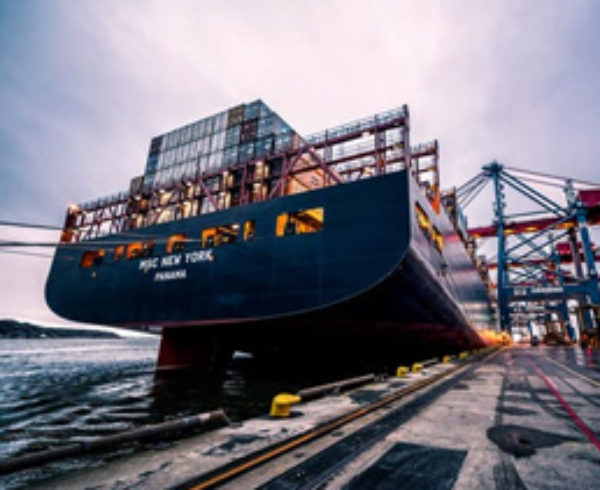
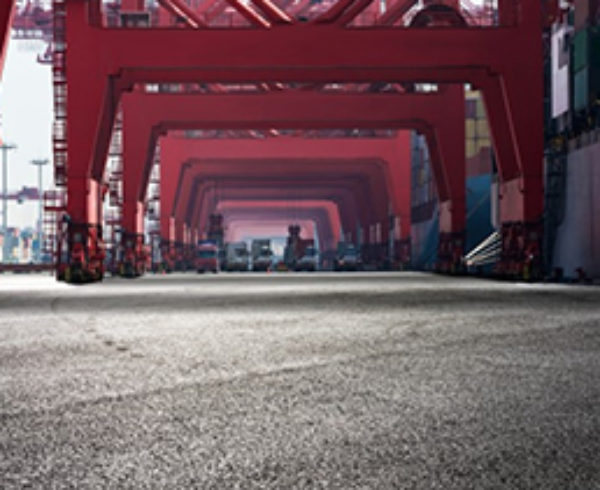

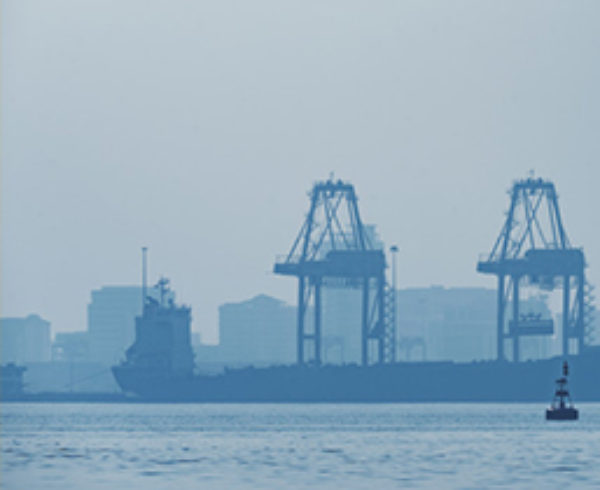

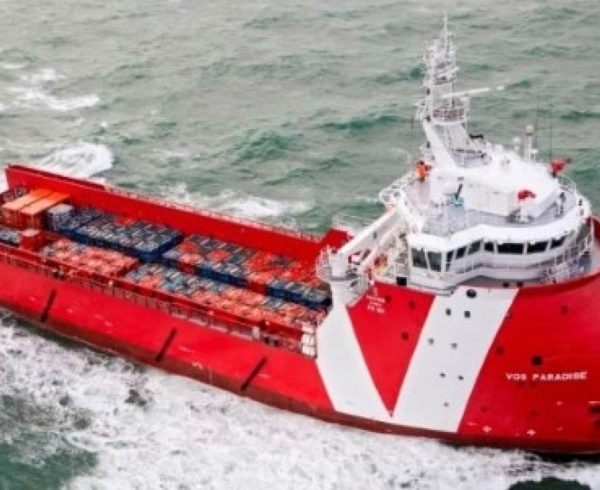
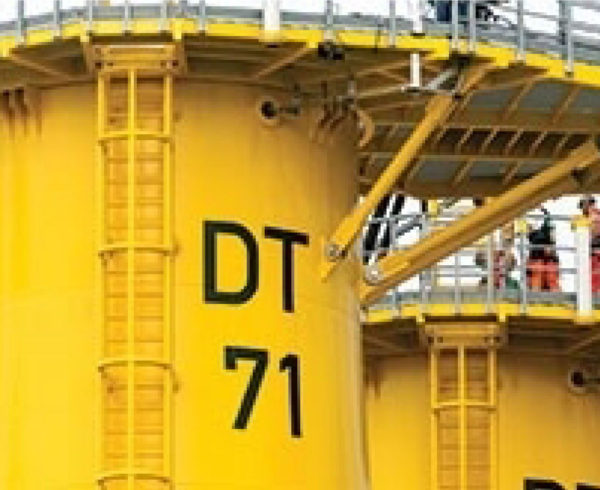


Leave a Comment